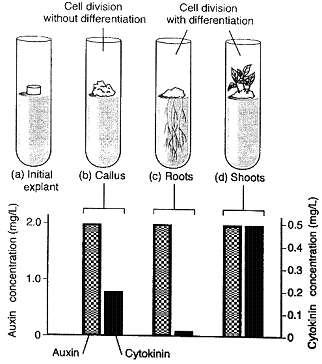Anatomical parts of the body that serve little or no function are referred to as
A) homologous structures.
B) hyperplasia.
C) vestigial structures.
D) somites.
E) dysplasia.
C
You might also like to view...
Plants have collections of totipotent stem cells called ____
Fill in the blank with the appropriate word.
You treat an organism with a drug that inhibits calcium permeability in nerve cells specifically. As a result, you expect to see
A) no depolarization of membranes. B) no repolarization of membranes. C) failure to achieve the threshold necessary to stimulate a signal. D) presynaptic neurotransmitter release. E) no postsynaptic receptors.
What mechanism used for mobilization of transposable elements can lead to deletions in genomes?
A) Transposase sometimes deletes genomic DNA while removing DNA transposons from the genome. B) Alignment of two transposable elements is required for mobilization and misalignment can result in deletions. C) RNA polymerase transcribes transposable elements; when it makes mistakes, DNA nucleotides are sometimes deleted. D) Piwi RNAs inhibit movement of transposons by deleting DNA that includes and surrounds the inverted repeats.
One conclusion that can be drawn from Figure 38-1 is that:

a. a low ratio of auxin to cytokinin stimulates root development.
b. a low ratio of auxin to cytokinin stimulates shoot development.
c. a low ratio of auxin to cytokinin results in undifferentiated growth.
d. a low ratio of auxin to cytokinin stimulates the formation of an entire plant.
e. a low ratio of auxin to cytokinin results in no growth.